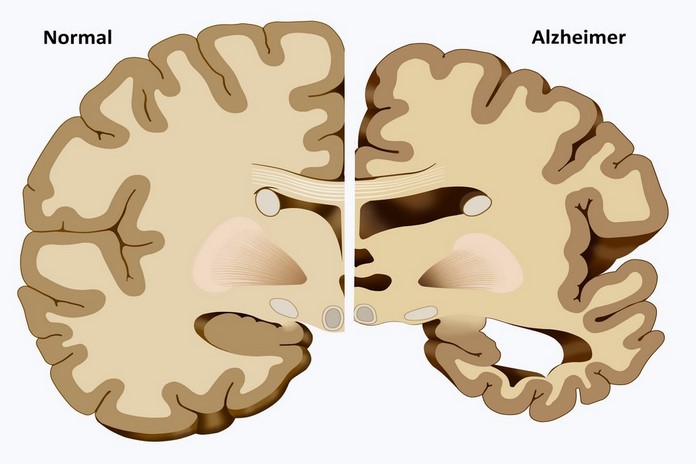7 Stages of Alzheimer’s Disease

It is important to remember that Alzheimer’s can affect every patient differently. The severity and timing might be different for each patient so it is quite difficult to evaluate that which stage of Alzheimer’s you are suffering from. However, following is the guideline about the 7 stages of Alzheimer’s progression:
- Stage 1: At this stage, just like with other diseases the changes in brain start happening before the appearance of any noticeable symptoms. According to the doctors, stage 1 likely starts 10-15 years earlier the appearance of symptoms. Although there is no cure for this stage but we are hopeful that we can have access to the medications in the future to halt the progression of Alzheimer’s and the symptoms to appear.
- Stage 2: At this early stage of Alzheimer’s, the person starts to normally forget things just like the older people of his age. There might be memory lapses like forgetting objects people’s names or things at work. Moreover, these memory lapses start becoming more frequent.
- Stage 3: Stage 3 brings detectable changes in the person and it becomes difficult to blame their age. The diagnosis is quite common at this stage because the daily routine suffers severe disruption. A person at stage 3 of Alzheimer’s might:
- Find organizing and remembering plans harder
- Experience difficulties at work or social settings
- Have harder time in remembering reading material from recently
- The patient suffers anxiety and these feelings might not be normal because the brain is suffering from continuous damage but some people might like to deny it.
- Stage 4: In stage 4, the damage happening to a brain involves other functions of cognition along with memory such as difficulty in calculations, organization and communication. These difficulties make the life more challenging for the patient. Stage 4 lasts for several years and cause severe difficulties with memory. The memory of distant-past is better than the recent past. Some other challenges include:
- Confusion about where they are and what day it is
- Restlessness, daytime sleeping and other disturbances in other sleeping patterns
- Difficulty in choosing appropriate clothing for the occasion or the weather
- Stage 5: At stage 5, the patient is likely to face trouble to remember close family and friends or other people which are important in their life. There might be continuous struggle with basic tasks like putting clothes on or learning new things. Following conditions are quite common during this stage:
- Delusions; false ideas that the patient believes to be true
- Paranoia; a feeling that other people are against you
- Hallucinations; seeing things which are actually not present
- Stage 6: The patient starts to experience more chronic symptoms which disables them to manage their life and makes them more dependent on care givers. They experience pain while describing their feelings or communicating to their loved ones. Stage 6 causes significant changes in personality in majority of the patients.
- Stage 7: The destruction of brain cells eventually needs to physical and mental impairment. There is a significant reduction in mobility and the body becomes vulnerable to infections.
